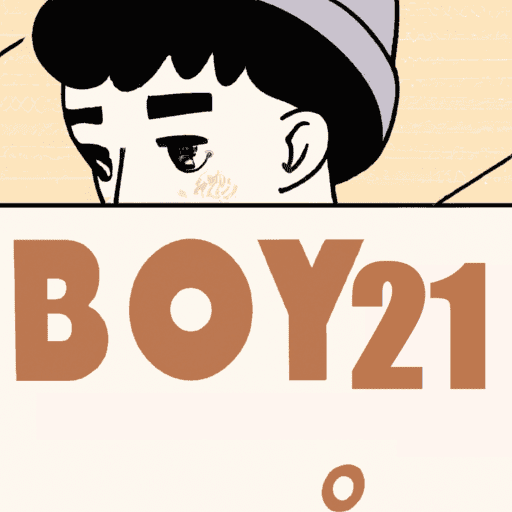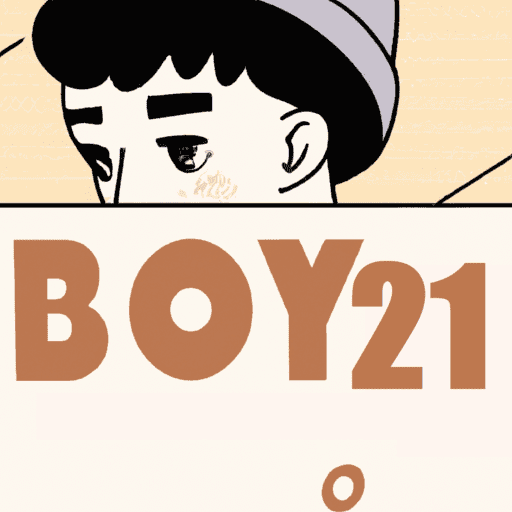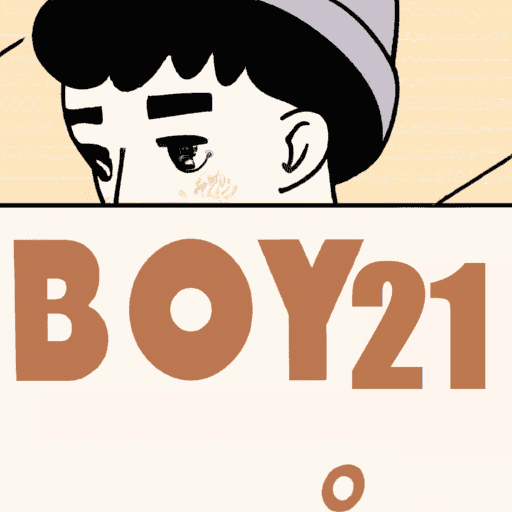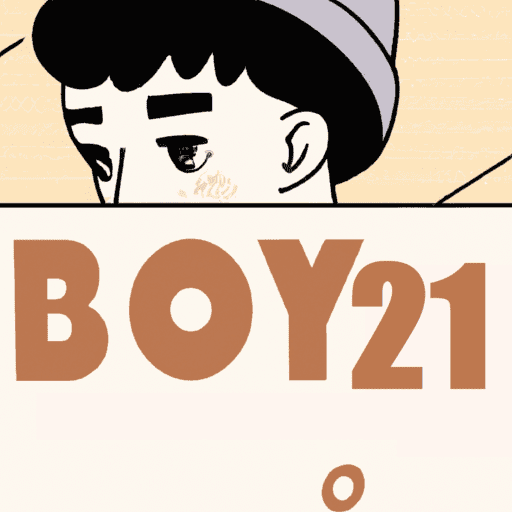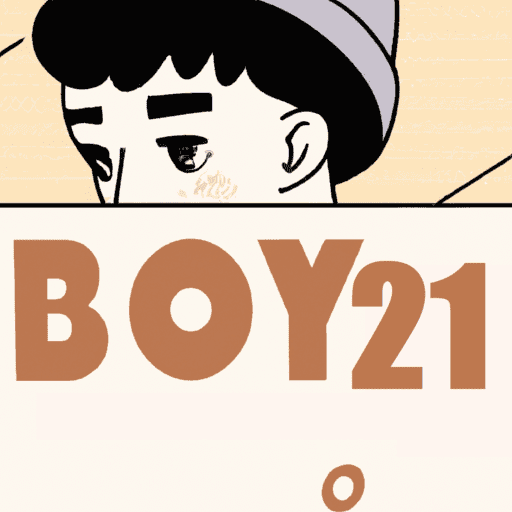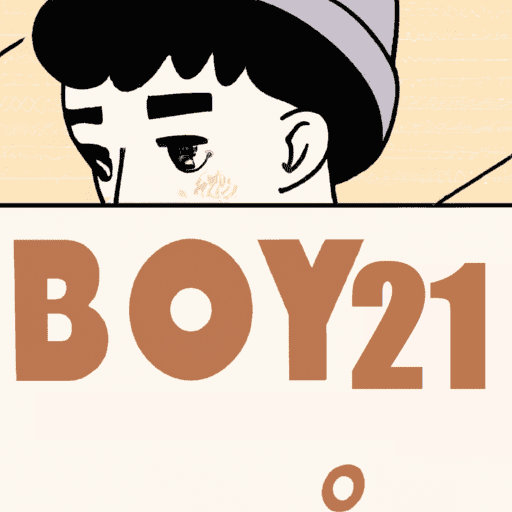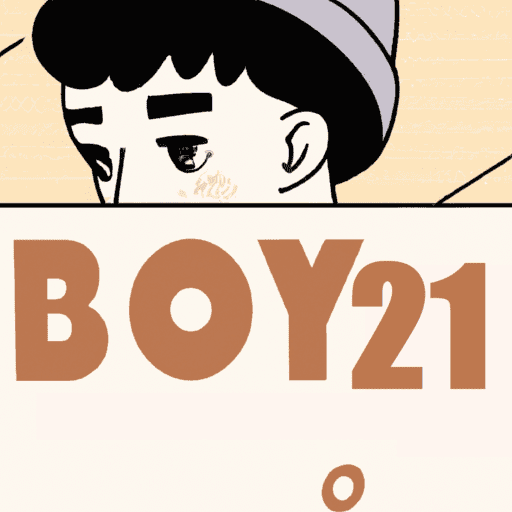
How does the author use symbolism to enhance the story’s themes?
In Boy21, Matthew Quick employs symbolism to reinforce and extend his major themes of overcoming adversity, finding unlikely connection, and believing in hopeful futures. Motifs like Finley’s beloved astronaut invoke alienation and aspiration, while the recurring color green represents both decay and renewal, enriching Quick’s poignant narrative arcs.
Astronaut Symbolism - Resilience Amidst Isolation in Boy21
The image of a fallen astronaut appears throughout as Finley’s treasured possession, symbolizing his own sense of isolation and feeling cast adrift. However, the astronaut also represents resilience, getting up repeatedly despite disaster. This duality echoes Finley’s own struggles and stubborn hope.
Green Motif - Decaying Towns and Renewal in Boy21
Quick’s use of color also amplifies meaning. Green signifies the moribund mining town, evoking decay. But green clothes on Russ highlight potential within apparent endings. Quick twists green’s meaning across contexts to underscore nuanced symbolic messages about death and growth.
Interplay of Darkness and Light - Symbolic Contrasts in Boy21
Most profoundly, the interplay between darkness and light pervades Boy21. Quick trades literal and figurative contrasts between shadow and illumination to heighten thematic tensions between despair and recovery. He imprints tangible visual cues with allegorical resonance.
Conclusion
Through skillful manipulation of symbols from colors to images, Quick deepens Boy21’s emotional potency and philosophical scope. His poetic motifs grant tangible form to abstract concepts regarding human resilience and connection. Quick crafts symbols resonating beyond narrative into the realm of metaphor.
